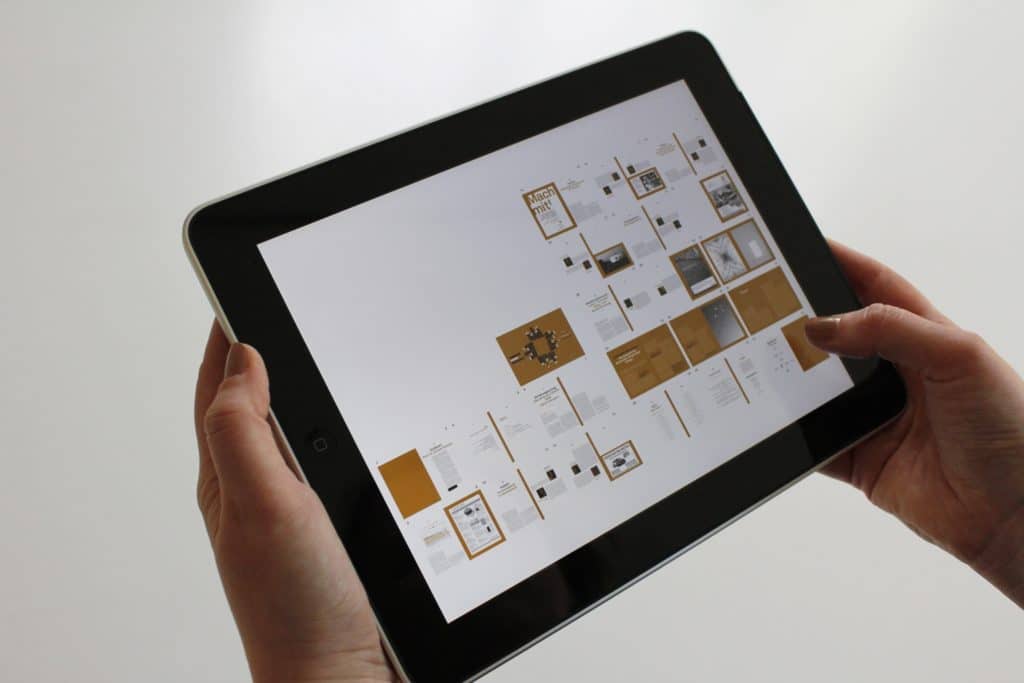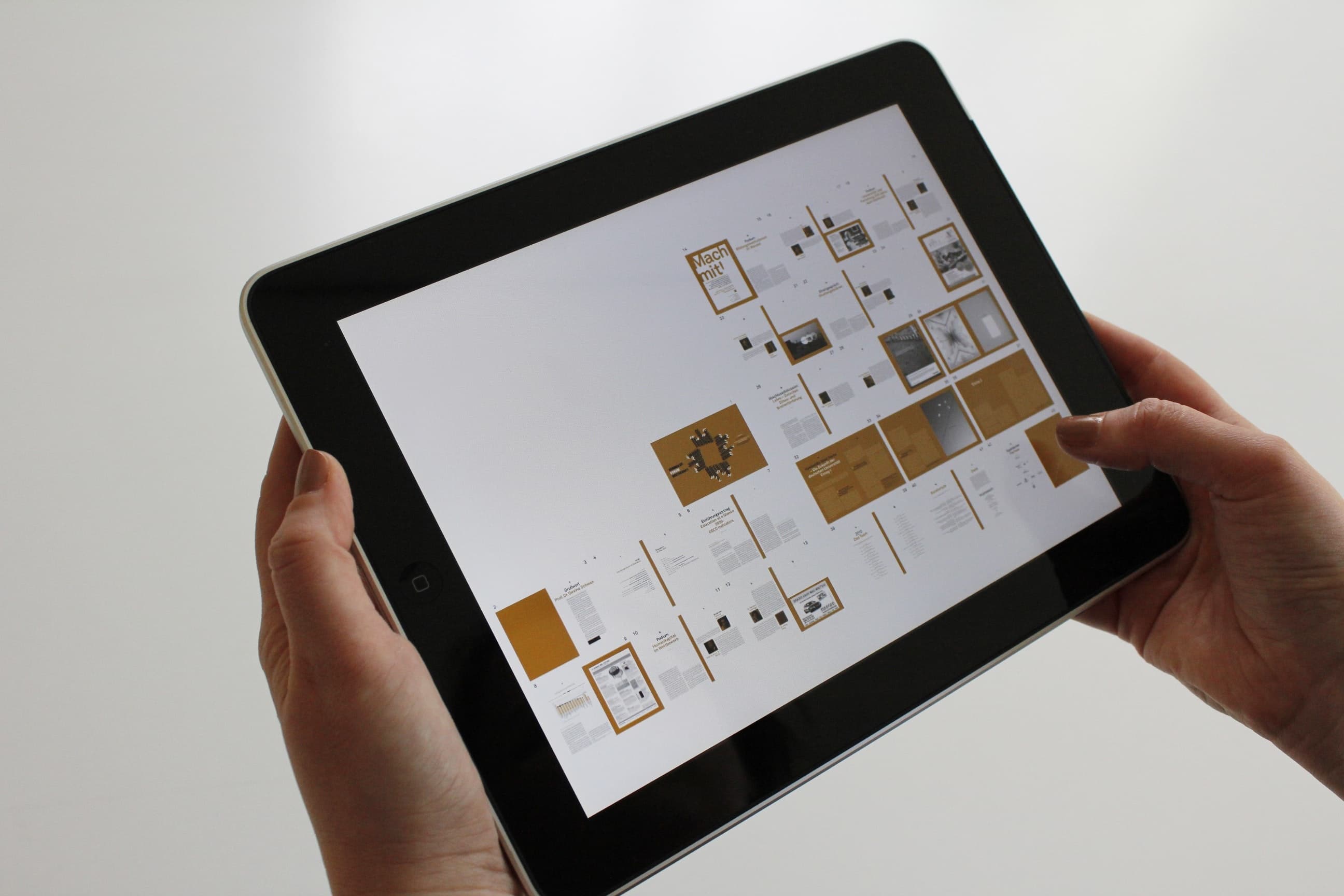Interaction design is a great practice that aids UX design to focus more on the interactions of the app user. This practice can be a crucial part of the success or failure of the app, as it determines how intuitive it will become.

If you are considering interaction design and delivering a best-in-class user experience, here are some tips to consider.
Practice simplicity
Keeping your designs simple is one of the basic ways for making interaction design work. One of the biggest considerations for this is to keep the number of elements that the user is viewing under control.
Too many elements on one screen can be confusing. This is a consideration for any app or game on any platform. Keeping things simple while focusing on the goal of the user in each instance will help you make excellent results with interaction design.
Don’t reinvent the wheel
Using interaction design won’t make you reinvent the user experience of an existing app or work on it from the ground up.
With interaction design and user experience design in general, you need to learn from what others do, without copying them.
There are also elements that work the way they are, so you don’t have to test everything over and over. For example, the menus bar on one side of the header works perfectly. So this is one interaction that you don’t need to be creative with.
Make elements visually expressive
UI elements can be visually expressive even without writing, and this can help in making the user experience smoother and more enjoyable.

For example, blue as the text for links works. Button design should make it clear that this is a button. And so on.
You also need to be consistent with your identity and with what each element expresses, to avoid making the user puzzled or even frustrated.
Learn the user problem
Investing in understanding user problems is crucial for great user experience designs. Without understanding the needs of the user, you won’t be able to get the design that works and you’re sure it does.
Surveys can be the greatest tool for understanding users, and what they really like and what they don’t. They can also help you understand how these need to change with the change in user demographics. To be able to understand how different people can interact differently with your app.




